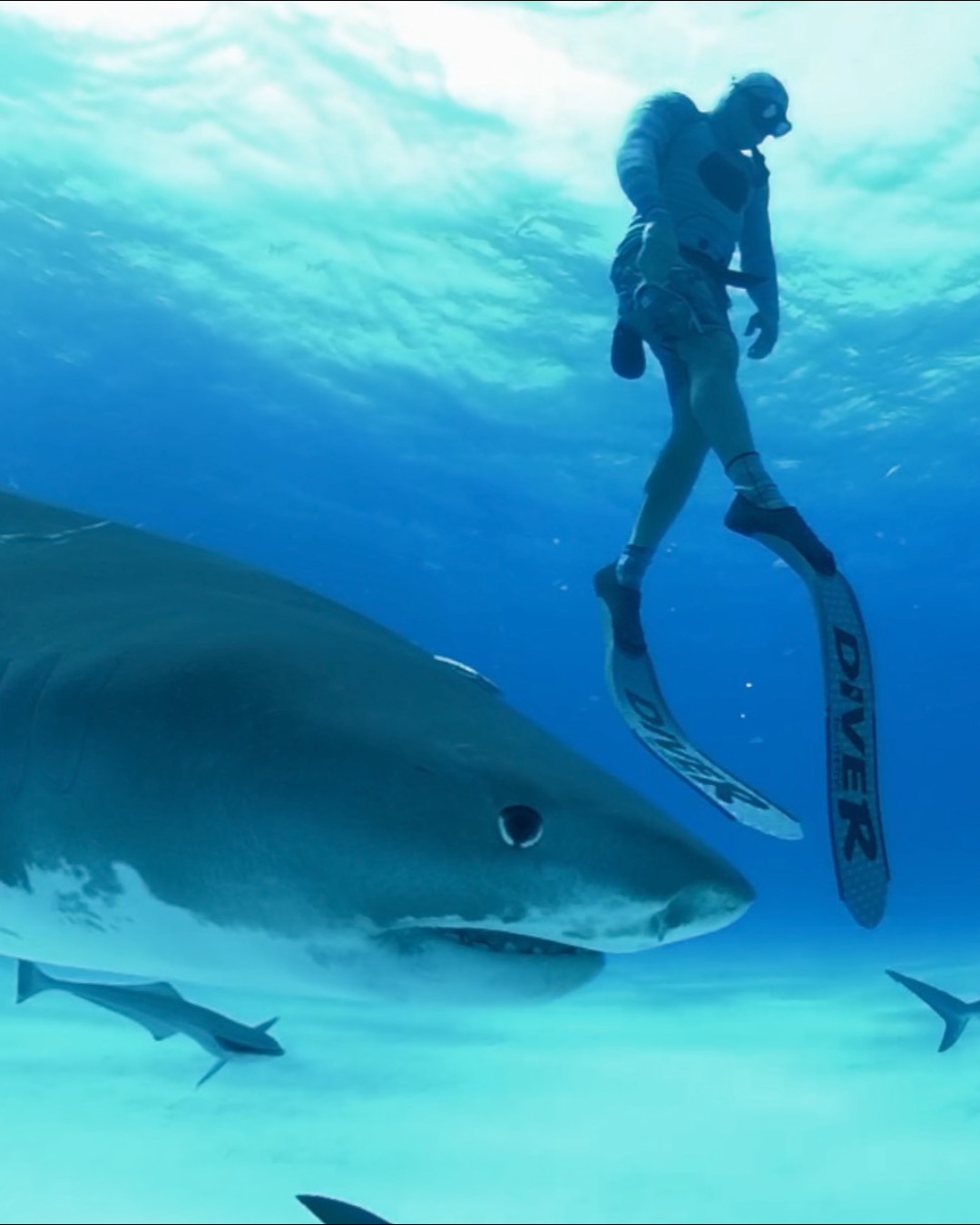- Exploring the Undersea Explorer VR: A New Frontier in Marine Education
- Tiger Sharks: Understanding Their Biology and Behavior
- The Role of Virtual Reality in Wildlife Conservation
- Implementing Technology in Zoo Management for Conservation
- Engaging the Public with Innovative Educational Tools
Exploring the Undersea Explorer VR: A New Frontier in Marine Education
In recent years, advancements in virtual reality (VR) have created immersive experiences that transcend traditional educational methods. The Undersea Explorer VR experience is a groundbreaking initiative that allows individuals to dive into the ocean and swim alongside formidable creatures like the 15-foot tiger shark—all without a wetsuit. This venture is not just a technological feat but an educational stride, providing a platform for users to learn about marine life in an engaging manner. The use of 360º live-action films transports users into the underwater world, offering a perspective that fosters a deeper understanding and appreciation of marine ecosystems. Such experiences are crucial for raising awareness about the ocean’s biodiversity and the challenges it faces.
Tiger Sharks: Understanding Their Biology and Behavior
Tiger sharks, known scientifically as Galeocerdo cuvier, are one of the most intriguing species in the ocean. Characterized by their distinct stripes—which fade as they mature—these predators play a vital role in maintaining marine ecosystems. On average, they grow to about 10 to 15 feet, although there have been reports of individuals exceeding 18 feet. As apex predators, they help regulate the populations of their prey, which includes fish, crustaceans, mollusks, and even sea turtles.
A tiger shark’s anatomy is fascinating; their sharp, serrated teeth and strong jaws are perfect for cracking the shells of large prey. These sharks have excellent eyesight and a keen sense of smell, aiding them in hunting, especially in murky waters. One unique behavior is their pattern of migration. Tiger sharks are known to travel long distances, following warm currents, which helps them find food and suitable breeding grounds.
Understanding their behavior is crucial for conservation efforts. Tiger sharks are often misunderstood and labeled as man-eaters. However, education and research tell a different story. Human interaction incidents are rare, and these sharks are more curious than aggressive. By correcting misconceptions, we can foster empathy and a willingness to protect these crucial marine inhabitants.
The Role of Virtual Reality in Wildlife Conservation
The integration of virtual reality into wildlife conservation efforts marks a transformative shift in how people learn about and engage with the natural world. VR allows individuals to experience the majesty of ecosystems and the animals within them without any disturbance to the habitats. In the context of marine conservation, experiences like the Undersea Explorer VR serve as powerful tools for advocacy and education.
Through VR, users can visualize the impact of issues such as plastic pollution, overfishing, and coral bleaching. This immersive learning can inspire action and advocacy, as people who see these environments up close gain a better understanding of the need for protective measures. It also serves as a platform for scientists to showcase their work to the public, bridging the gap between academic research and public awareness.
Furthermore, VR can be instrumental in fundraising and awareness campaigns, garnering support for conservation initiatives by emotionally connecting viewers to the ecosystems they strive to protect. The technology holds the potential to revolutionize public perception and to catalyze significant change in conservation attitudes.
Implementing Technology in Zoo Management for Conservation
Zoo management has continuously evolved to integrate technology in ways that enhance both animal care and visitor engagement. One of the modern challenges faced by zoos is finding innovative ways to educate the public while contributing to conservation efforts. Technology, particularly VR, offers a solution by providing educational experiences that motivate conservation-minded behavior.
Virtual reality can serve as an extension of zoo exhibits, offering behind-the-scenes looks into wildlife care and habitat design. It allows visitors to understand the intricacies of animal behaviors and the environments in which they live. This augmented reality experience not only captivates audiences but also instills a sense of responsibility towards preserving wildlife.
Additionally, technology in zoo management aids in data collection for research. Wearable sensors, cameras, and VR lead to better welfare monitoring and allow for non-invasive studies of animal behavior. By adopting such technologies, zoos can become greater allies in global conservation efforts, sharing information and collaborating on a more extensive scale.
Engaging the Public with Innovative Educational Tools
The challenge of engaging the public in wildlife conservation continues to demand new approaches. Traditional methods of information dissemination are often not sufficient to capture the attention of the modern audience. Innovative educational tools, like the Undersea Explorer VR, offer a solution by making learning interactive and unforgettable.
These tools not only educate but also inspire. By creating a virtual connection to the world’s most fascinating environments, people become more inclined to support conservation initiatives. Engaging narratives combined with interactive technology engage users emotionally and intellectually, making the educational experience both impactful and lasting.
Furthermore, these tools support STEM education by introducing technology-driven learning experiences that encourage interest in fields like biology, ecology, and environmental science. As people become more informed and enthusiastic about the natural world, the likelihood of increased conservation efforts grows.
The intersection of advanced technology, wildlife conservation, and education is an exciting frontier. Experiences such as the Undersea Explorer VR hold the promise of deeper knowledge, wider public engagement, and more effective conservation strategies, forging a new path for how we interact with and protect our natural world.
*****
Source Description
Ever imagined diving with a 15-foot tiger shark? Now you can—no wetsuit required. Step into a state-of-the-art motion-platform theatre where 360º live-action films transport you into the heart of the ocean! Stay tuned for the o-fish-al launch date of the Undersea Explorer VR experience!


